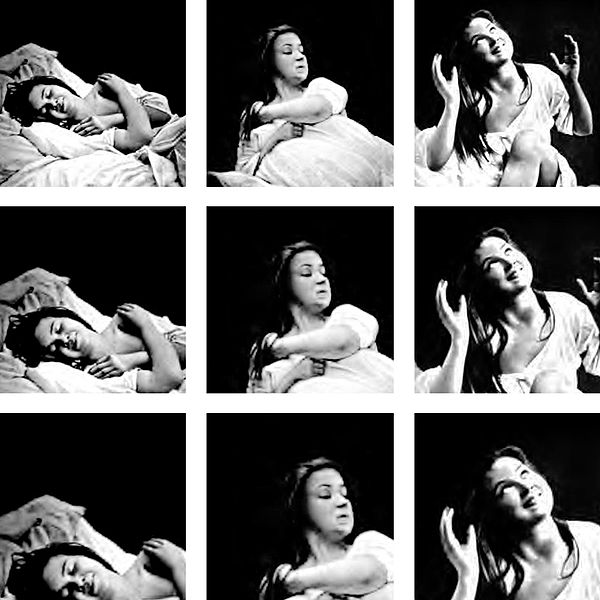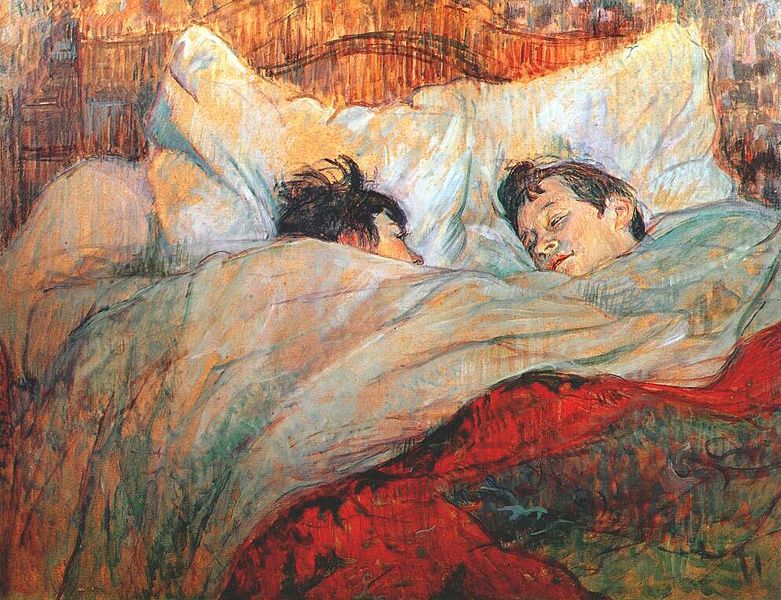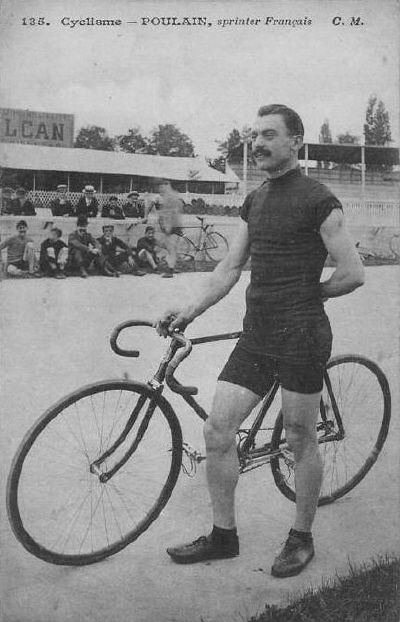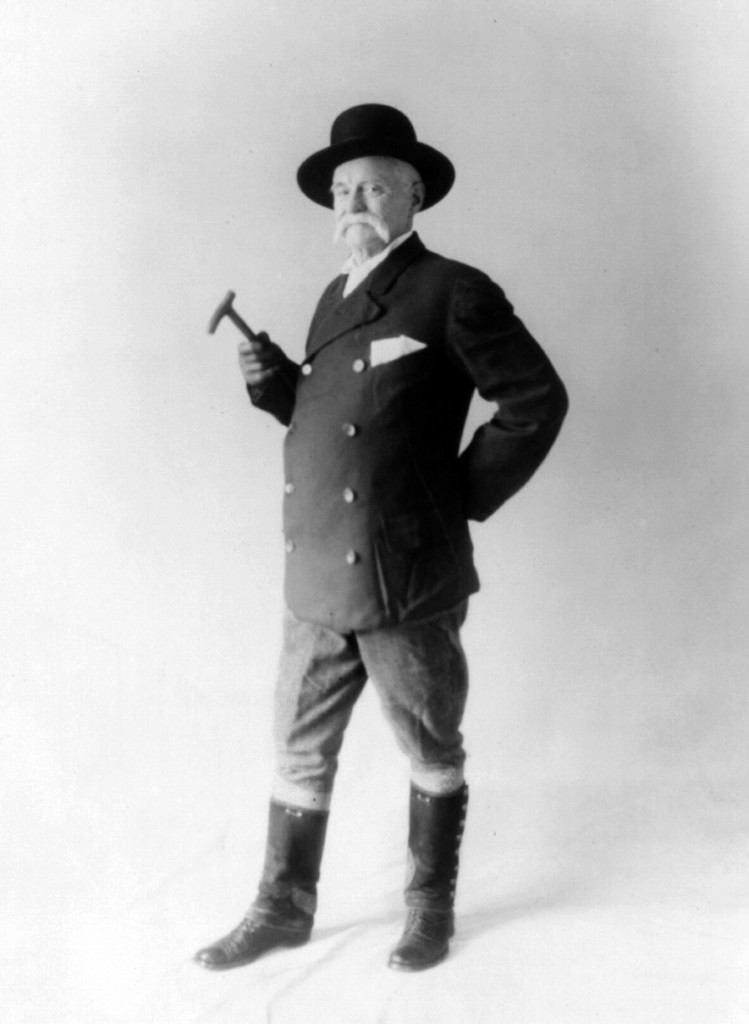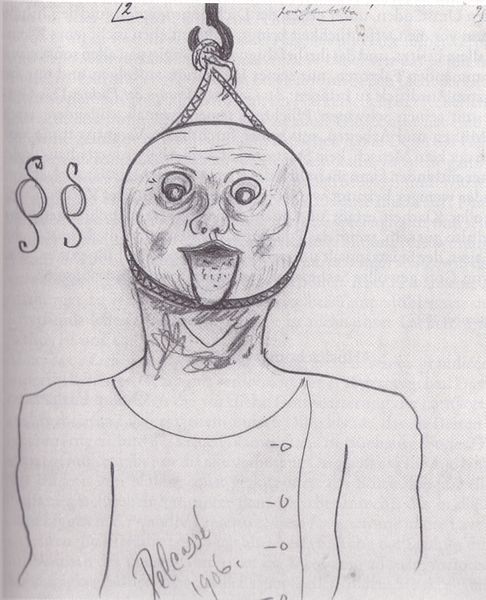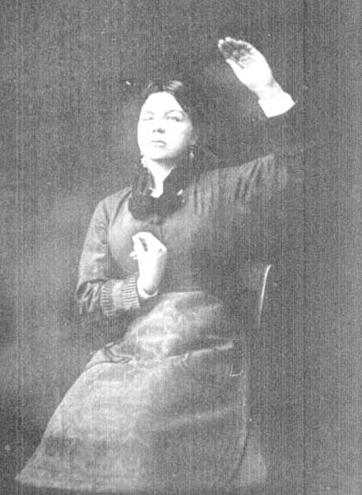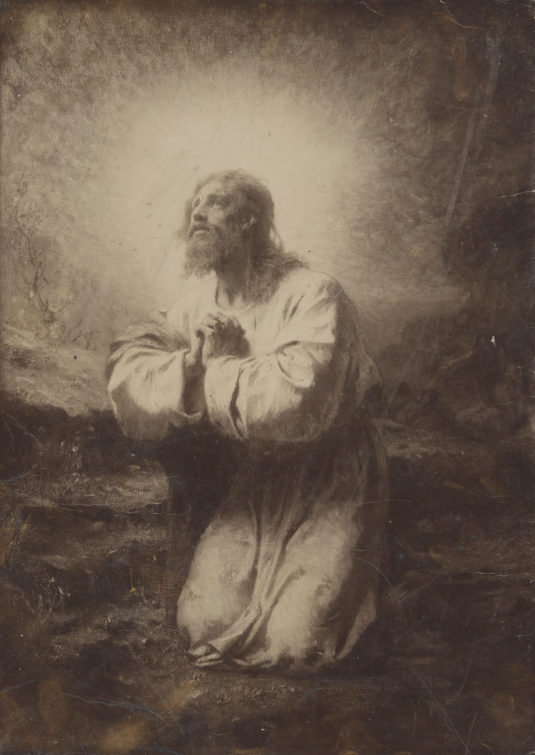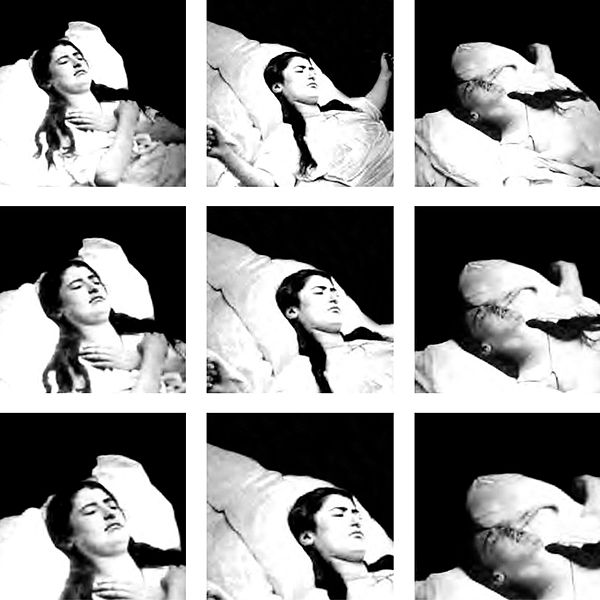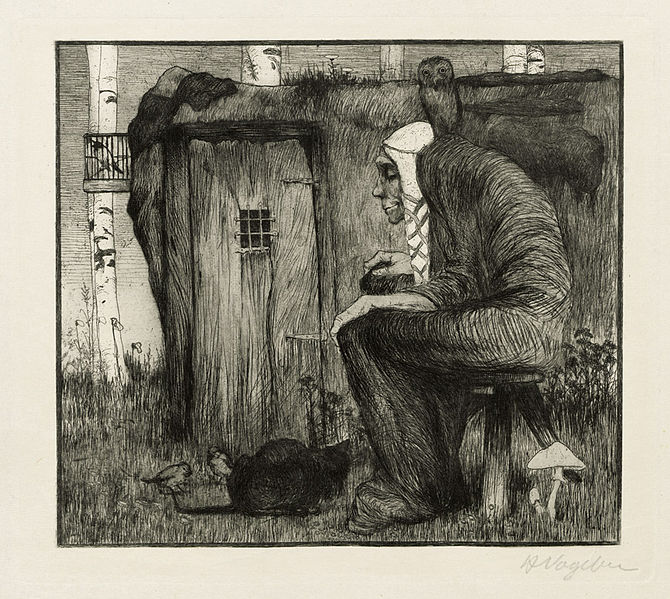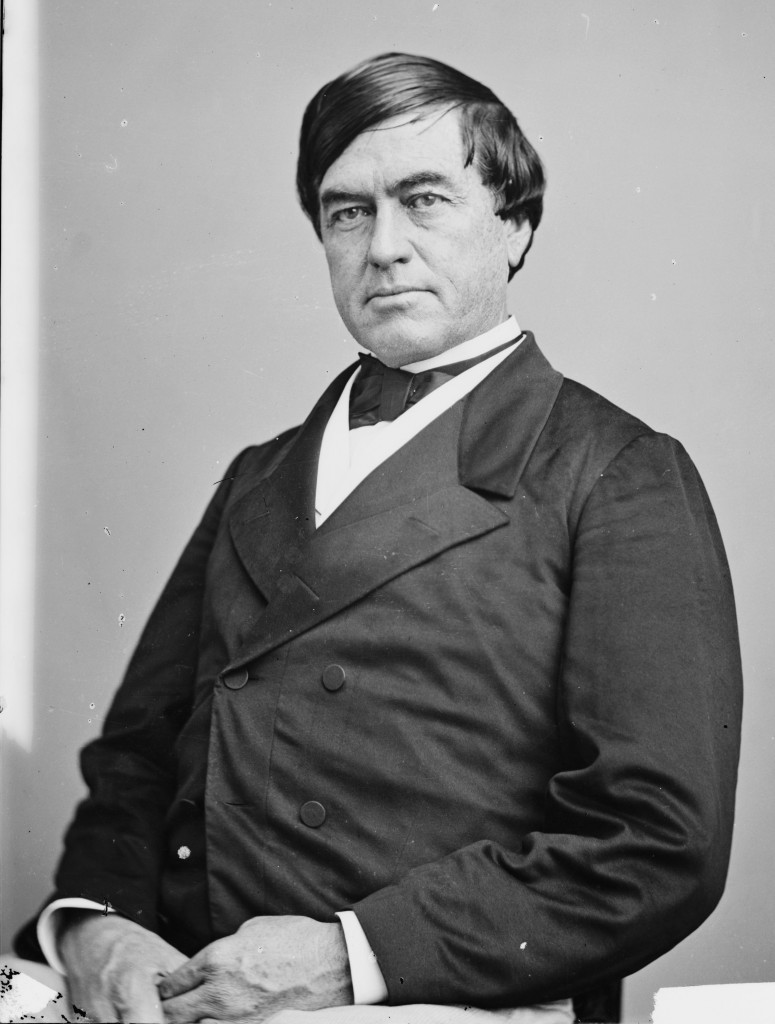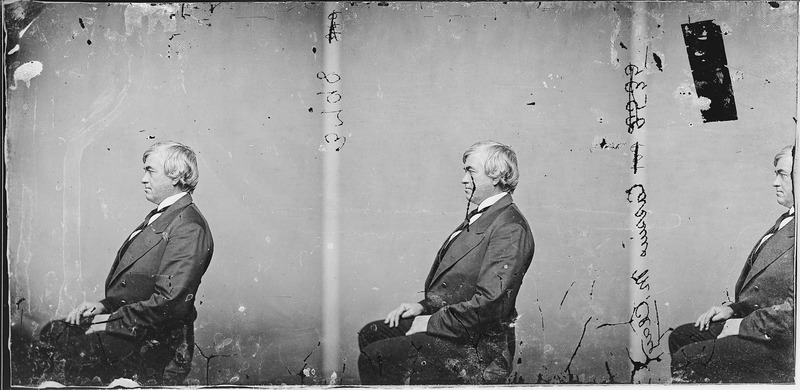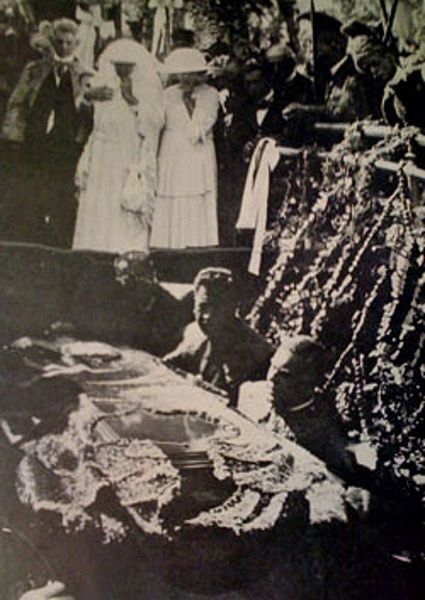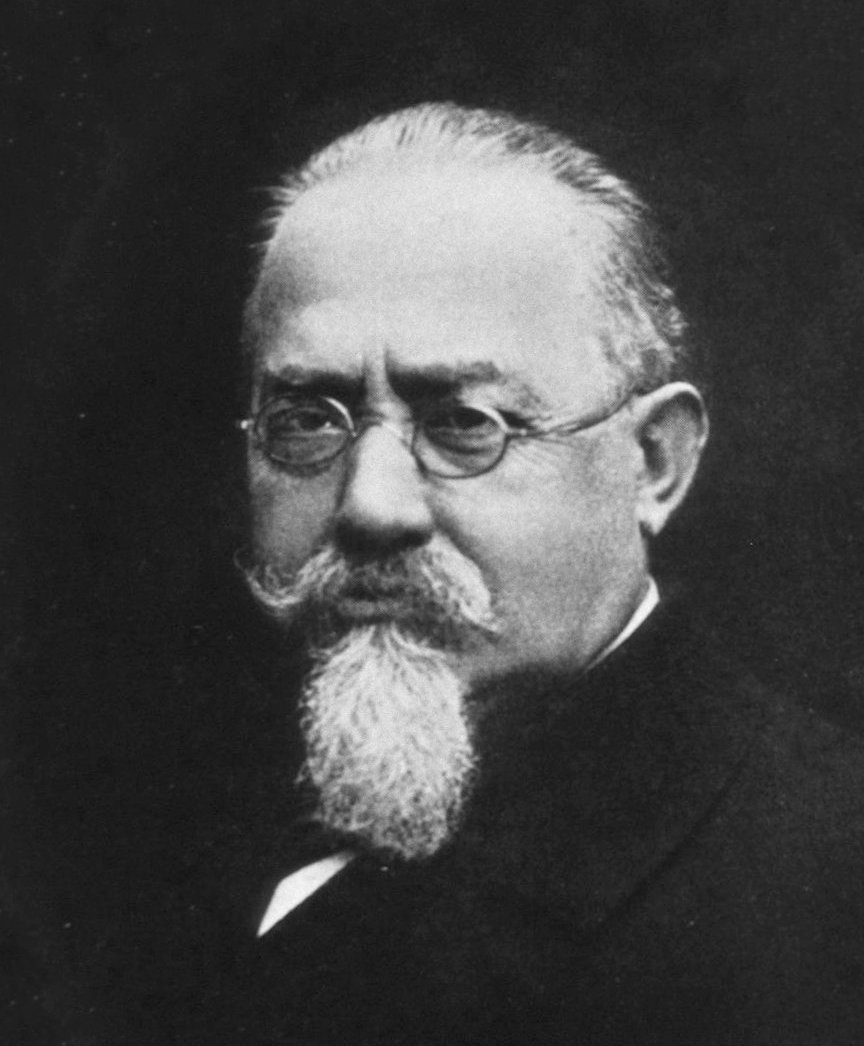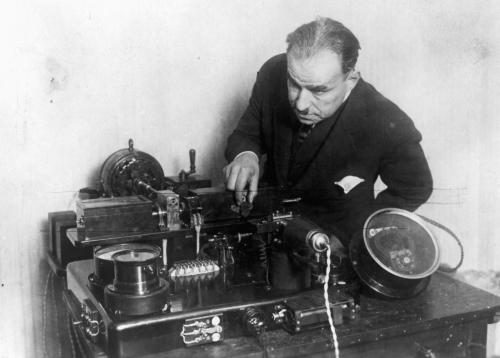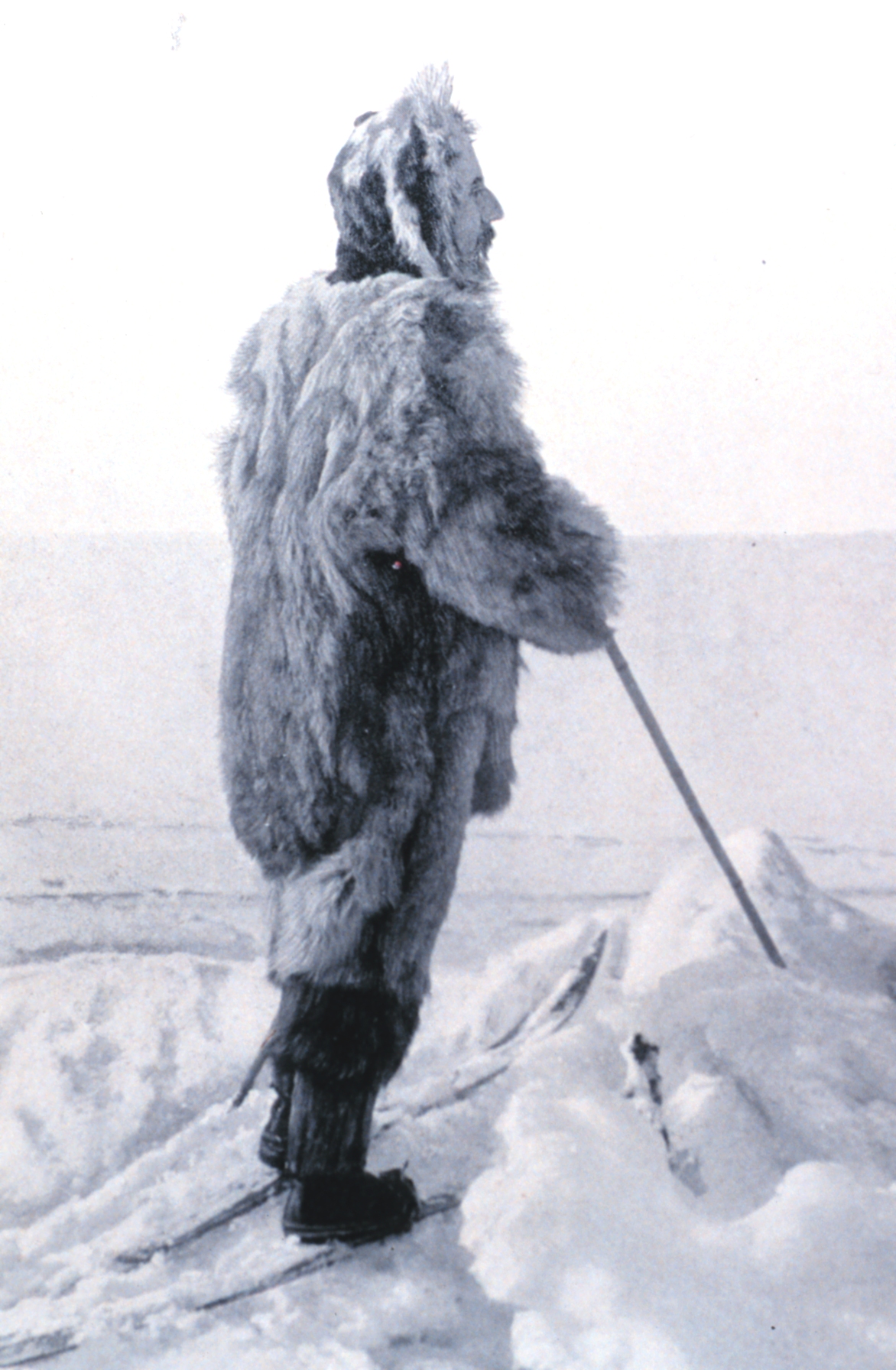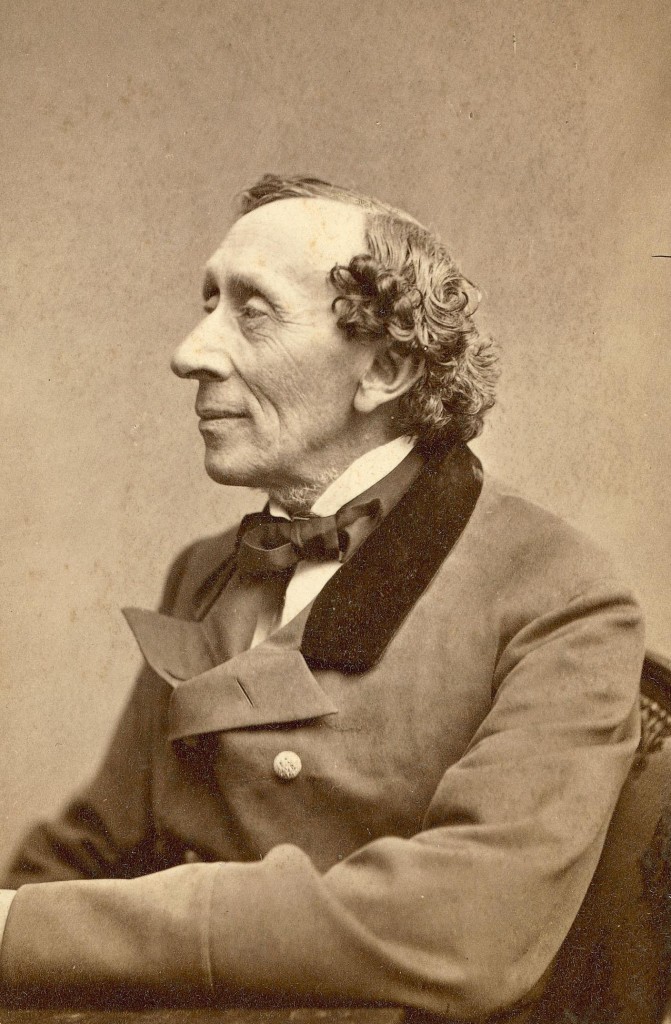
I recently re-read the simple yet deeply moving Hans Christian Andersen allegory, “The Fir Tree” when I picked up a copy of Randall Jarrell’s Book of Stories. Here’s the opening of Danish writer’s August 5, 1975 New York Times obituary, which covers his early life up until his first fame:
“The death of Hans Christian Andersen, the Danish poet and novelist, at Copenhagen, yesterday, is announced by a cable dispatch.
Hans Christian Andersen was born at Odense, in the Island of Fünen (part of the Kingdom of Denmark) on the 2d of April, 1805. Born in a land peculiarly rich in old song, mythology, and folk lore, and the only child of a man who, though only a poor shoemaker, was a man of literary taste and ability and of a highly poetic temperament–a temperament which his child inherited to the full–Andersen was a striking example of Cervantes’ maxim, that ‘Every one is the son of his own works.’ Finding in his child a spirit akin to his own, the elder Andersen fostered and encouraged the fanciful, and poetical elements of his nature at every opportunity. Andersen often spoke of his father’s eloquence ‘in telling me fairy tales.’ Again he said, ‘on Sundays he made me panoramas, theatres, and transformation pictures, and he would read me pieces out of Holberg’s plays and stories from the Thousand and One Nights.’ And Andersen discloses his father to us in the following comment on those Sunday readings: ‘And those were the only moments in which I remember him as looking really cheerful, for in his position as an artisan he did not feel happy.’ While still a very young child Andersen was taken by his father to the theatre, and in his connection he shows the truth of Milton’s lines in Paradise Regained:
‘The childhood shows the man
As morning shows the day.’
Unable, of course, to go often to the theatre, the youngster made friends with the play-bill distributors, who gave him a programme every day. He would retire into some corner with his treasure and imagine the whole play according to its play, and the names and characters in it. Then he collected all his dolls, and, with some pieces of calico for curtain and wings, he would make them enact the pieces in puppet fashion, he repeating what he could remember of his father’s reading. He had, too, a remarkably sweet and clear voice, and would introduce songs into his mimic performances. In this way he whiled away the long hours of his mother’s absence from home; for after his father’s death, which occurred when the boy was only nine years old, she used to go out washing for other people. The death of his father changed the current of his dramatic tendencies, and Hamlet’s Ghost and Lear found their way on to his miniature stage. In these days he wrote his first piece–a tragedy, which he called ‘Abor and Elvira.’ It was founded on an old song of Pyramus and Thisbe, and all the characters in it either died, committed suicide, or were killed. At fourteen years of age Andersen persuaded his mother, who had married again, to let him leave home, and he started for Copenhagen, with a small bundle of clothes, thirteen bank dollars, and a letter of introduction to Mme. Schall, a dancer at the theatre, prepared to begin the battle of life. Andersen arrived in Copenhagen on the 5th of September, 1819. His first visit was to the theatre, round which he walked several times, and which, before he left it, he felt that he looked upon as a home. Ten years later, in that very theatre, he witnessed the production of his first dramatic effort, entitled ‘The Courtship of St. Nicholas’ Steeple; or, What Does the Pit Say?’ The letter of introduction to Mme. Schall proved of no avail. She thought the boy crazy, and got him out of her house as quickly as possible. Remembering that he had read in a newspaper at Odense that an Italian named Siboui was Director of the Musical Conservatory of Copenhagen, he inquired the way and betook himself to Siboui’s house, whom he told his story. It happened that Weyse, the celebrated composer, and Baggesen, the poet, and a large company were dining with Siboui. The lad recited some scenes from Holberg, and some poems, and ended by bursting into tears. Weyse was deeply moved, and immediately raised a subscription for the friendless lad among those present. The collection amounted to $70. In time Andersen became a member of the ballet and chorus at the theatre, and spent his leisure hours in a sort of desultory study under the auspices of Weyse, Baggesen, the poet Guldberg, Oersted, the philosopher, and others who were interested in him; but so far he had talent without education. At the end of the theatrical season of 1823 he received his dismissal from the theatre, and for some months he experienced real want, but suffered in silence. Oersted, however, interested Collin, the Director of the Theatre Royal, in his favor. Collin was struck with the merits as well as the fruits of a historical tragedy called ‘Alfsol,’ which Andersen gave him to read, and, using his influence with King Frederick VI, and the Directors of the public schools, he procured a pension for him for a few years and free instruction in the Latin school at Slagelse, telling him that in time he would be able to produce works worthy to be acted on the Danish stage. He studied at Slagelse, and afterward in the Latin school at Helsingür, and then returned to Copenhagen, where he was welcomed by the family of Admiral Wulff in the Amalienborg Palace.
During these days he wrote but little poetry, the principal pieces being ‘The Soul,’ ‘To My Mother,’ and ‘The Dying Child,’ the last of which was among the most widely circulated of all his attempts in verse. At the time it was written it was printed with an apology for having been the composition of one still at school. From grave to gay, Andersen wrote several humorous pieces, which Heiberg readily printed in the Flying Post. In September, 1828, he became a student in the Royal College at Copenhagen, entering upon his studies with the greatest enthusiasm. The following year was the turning point of his life. He varied his studies by writing a humorous book, his first work, entitled ‘A Foot Journey to Amak.’ No one would publish the book, so he took the risk upon himself. To his great joy and astonishment it was out of print a few days after its appearance. Reitzel, the book-seller, purchased the second edition, and afterward published a third. The book was also reprinted in Sweden. Everybody in Copenhagen read it, and Andersen was famous.”

